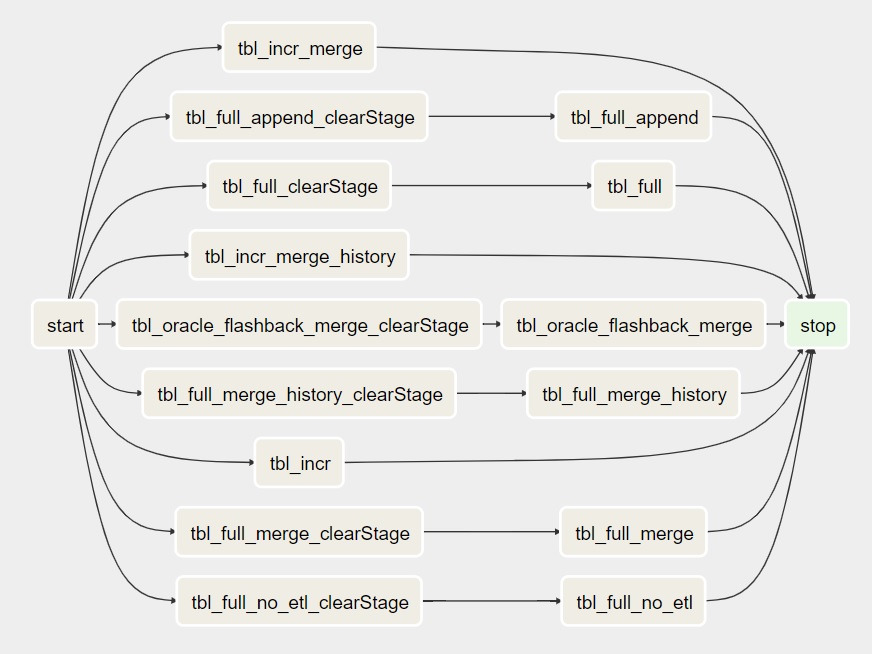

First, our "router" DAG is not idempotent - the input always changes because of non-deterministic character of RabbitMQ queue. That's why I will also try the solution with an external API call.Īside from the scalability, there are some logical problems with this solution. Hence, if you want to trigger the DAG in the response of the given event as soon as it happens, you may be a little bit deceived. It works but as you can imagine, the frequency of publishing messages is much higher than consuming them. In the following image you can see how the routing DAG behaved after executing the code: Python_callable=trigger_dag_with_context, You can find an example in the following snippet that I will use later in the demo code: In order to enable this feature, you must set the trigger property of your DAG to None. But it can also be executed only on demand. External triggerĪpache Airflow DAG can be triggered at regular interval, with a classical CRON expression.
TRIGGER AIRFLOW DAG VIA API CODE
The second one provides a code that will trigger the jobs based on a queue external to the orchestration framework. The first describes the external trigger feature in Apache Airflow. You can generate a pre-signed URL for secure upload or directly upload the file to the Amazon S3 bucket using the appropriate Boto3 methods.The post is composed of 3 parts.Ensure you apply proper permissions to the Lambda function to access the Amazon S3 bucket. Utilize the Boto3 SDK in your AWS Lambda function to upload the recording file to an Amazon S3 bucket.If the event indicates a recording is completed, use the Zoom API to retrieve the recording file URL or details.Extract relevant information such as meeting ID and recording status. In your AWS Lambda function code, implement logic to check the incoming event data from the Zoom Webhook.Zoom will send POST requests to your Amazon API Gateway endpoint whenever a recording is completed, triggering your Lambda function.Choose the specific events you want to be notified about, such as “Recording Completed.” Create a new webhook and provide the URL of the API Gateway endpoint you set up in Step 2.Log in to your Zoom account and navigate to the Webhooks section.Configure the necessary HTTP methods and request/response formats. Design the API interface with appropriate endpoints, such as /webhook, to receive Zoom events.This endpoint will be the entry point for receiving data from Zoom Webhooks. Set up an Amazon API Gateway endpoint to trigger your AWS Lambda function.Write Python code within the Lambda function to authenticate with the Zoom API, retrieve recording status or details, and handle errors.Configure the function to connect with the Zoom API using appropriate permissions. Create an AWS Lambda function using the AWS Management Console.


 0 kommentar(er)
0 kommentar(er)
